How to Conduct a Waste Audit in Your Home
In today's world, where environmental concerns are at an all-time high, understanding how to manage waste effectively is more crucial than ever. A waste audit is a powerful tool in your sustainability arsenal, allowing you to uncover the hidden sources of waste in your home. Conducting a waste audit isn't just about counting trash; it's about fostering a culture of responsibility and awareness within your household. By diving deep into your waste habits, you can identify areas for improvement, enhance your recycling practices, and ultimately contribute to a healthier planet. So, are you ready to roll up your sleeves and take a closer look at what you throw away?
A waste audit is a systematic examination of the waste generated in your home. Think of it as a treasure hunt, but instead of gold, you're searching for waste! The primary purpose of a waste audit is to provide insight into what types of waste you produce and where it originates. This can lead to numerous benefits, including:
- Identifying Waste Sources: Understanding where your waste comes from helps you target specific areas for reduction.
- Improving Recycling Practices: A waste audit can reveal how much of your waste is recyclable, helping you enhance your recycling efforts.
- Promoting Sustainable Living: By assessing your waste, you can adopt more eco-friendly habits and inspire others to do the same.
Ultimately, conducting a waste audit empowers you to make informed decisions about waste management in your home, leading to a more sustainable lifestyle.
Preparation is key to a successful waste audit. Before you dive in, it's essential to gather the right materials, set a timeline, and organize your household to facilitate the audit process. Think of this as setting the stage for a great performance—the better prepared you are, the smoother the audit will go!
To kick off your waste audit, you'll need to collect essential tools. These include:
- Trash Bags: For sorting waste.
- Scales: To measure the weight of your waste.
- Notebooks: For recording data and observations.
- Markers: To label different waste categories.
Having these materials on hand will make the process much more manageable and effective. It's like having your toolkit ready before starting a DIY project!
Selecting the right timeframe for your audit can significantly impact your results. Ideally, you want to conduct the audit over a week or a month to get a comprehensive view of your waste generation. This timeframe allows you to capture typical waste patterns, including seasonal variations. Think about your household's routine—are there times when you produce more waste, like during holidays or family gatherings? Planning around these periods can yield more accurate data.
Engaging family members in the audit process fosters awareness and responsibility. After all, waste management is a team effort! Here are some strategies to involve everyone:
- Hold a family meeting to discuss the importance of the audit and its benefits.
- Assign specific roles to each member, like sorting, weighing, or recording data.
- Make it a fun challenge—see who can find the most recyclable items!
By involving everyone, you not only make the process smoother but also instill a sense of ownership over your household's waste habits.
Now that you're prepared, it's time to execute the waste audit! Start by sorting your waste into different categories, such as recyclables, compostables, and landfill waste. As you sort, record data on the weight and type of waste in your notebook. This step is crucial, as it lays the groundwork for your analysis later on. Think of it as gathering clues in a mystery—you'll need all the information to solve the puzzle of your waste habits!
Once the audit is complete, analyzing the data is crucial. Take a moment to reflect on what you've discovered. Are there specific items that appear frequently in your waste? Understanding these trends can help you pinpoint areas for improvement. For example, if you notice a lot of plastic packaging, it might be time to consider alternatives when shopping.
Understanding waste trends helps in pinpointing areas for improvement. Look for common waste items and their sources. This might include:
- Food waste from over-purchasing or lack of meal planning.
- Excessive packaging from online shopping.
- Single-use items that could be replaced with reusable alternatives.
By identifying these trends, you can take targeted action to reduce waste in those areas.
Establishing waste reduction goals is essential for sustainable change. Based on your audit results, set realistic targets. For instance, if you discover that you produce a significant amount of food waste, aim to reduce it by a certain percentage over the next month. Track your progress regularly to stay motivated and celebrate small victories along the way!
After analyzing your findings, implementing changes is the next step. This is where the real transformation begins! Start by enhancing your recycling practices. Make sure everyone in your household knows what can and cannot be recycled, and consider setting up a dedicated recycling station to make it easier.
Enhancing recycling practices can significantly reduce waste. Here are some tips on how to recycle more effectively:
- Rinse out containers to avoid contamination.
- Educate yourself on local recycling guidelines.
- Consider composting organic waste to reduce landfill contributions.
By improving your recycling habits, you're not just reducing waste; you're also contributing to a circular economy where materials are reused instead of discarded.
Minimizing single-use items is crucial for waste reduction. Here are some suggestions on alternatives to common single-use products found in households:
- Use reusable shopping bags instead of plastic ones.
- Opt for a refillable water bottle instead of buying bottled water.
- Choose cloth napkins over paper ones.
By making these simple switches, you can significantly cut down on the waste you generate.
Q: How often should I conduct a waste audit?
A: It's beneficial to conduct a waste audit at least once a year to track changes in your waste habits and make necessary adjustments.
Q: What should I do with the waste I collect during the audit?
A: Sort the waste into recyclables, compostables, and landfill items, and dispose of them according to local guidelines.
Q: Can a waste audit help save money?
A: Absolutely! By identifying areas where you can reduce waste, you can also save money on purchases and disposal fees.
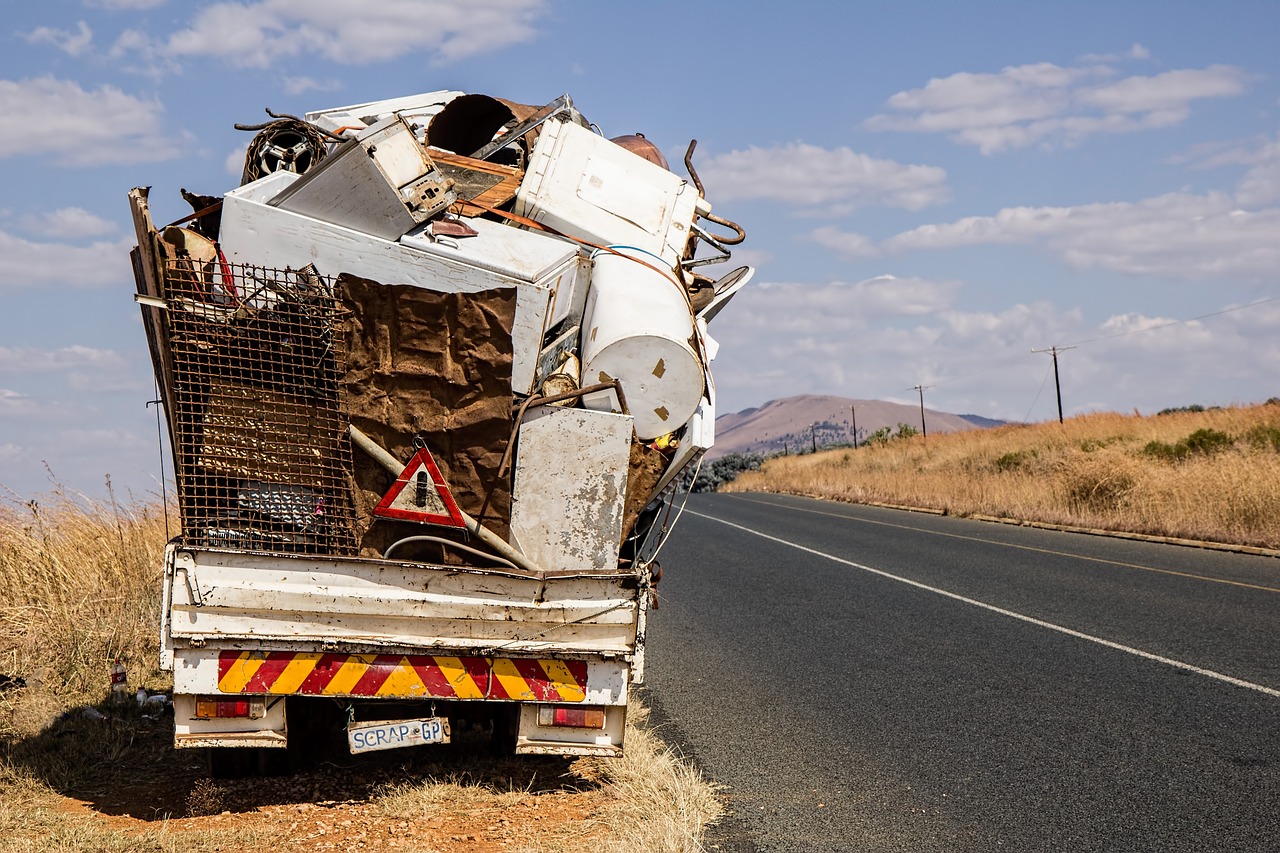
Understanding Waste Audits
A waste audit is more than just a fancy term; it's a systematic examination of the waste generated in your home. Think of it as a magnifying glass that allows you to scrutinize your waste habits, uncovering the hidden patterns and sources of your trash. The primary purpose of conducting a waste audit is to gain insights into what you throw away and why. By understanding these factors, you can take significant steps towards sustainable living and waste reduction.
So, why should you bother with a waste audit? Well, the benefits are plentiful! First and foremost, it raises awareness about your consumption habits. When you see the actual amount of waste produced, it often comes as a surprise. For instance, you might realize that a significant portion of your trash consists of food scraps or plastic packaging. This newfound awareness can motivate you to make more conscious choices, such as buying in bulk or opting for products with minimal packaging.
Moreover, a waste audit can lead to improved recycling practices. Many of us think we're recycling correctly, but a closer look at our waste can reveal otherwise. By categorizing your waste, you can identify materials that are recyclable but are currently ending up in the landfill. This insight can help you adjust your recycling habits, ensuring that you are maximizing your efforts and minimizing your environmental footprint.
In addition to personal benefits, waste audits contribute to broader community and environmental goals. When more households engage in waste auditing, it can lead to a collective reduction in waste generation. This ripple effect is crucial in the fight against climate change, as less waste means fewer resources consumed and less pollution created. In essence, conducting a waste audit is not just about your home; it’s about creating a more sustainable future for everyone.
To sum it up, a waste audit serves as a powerful tool for self-reflection and improvement in waste management. By understanding your waste, you can make informed decisions that not only benefit your household but also contribute to a healthier planet. Ready to dive deeper into this process? Let’s prepare for your audit!
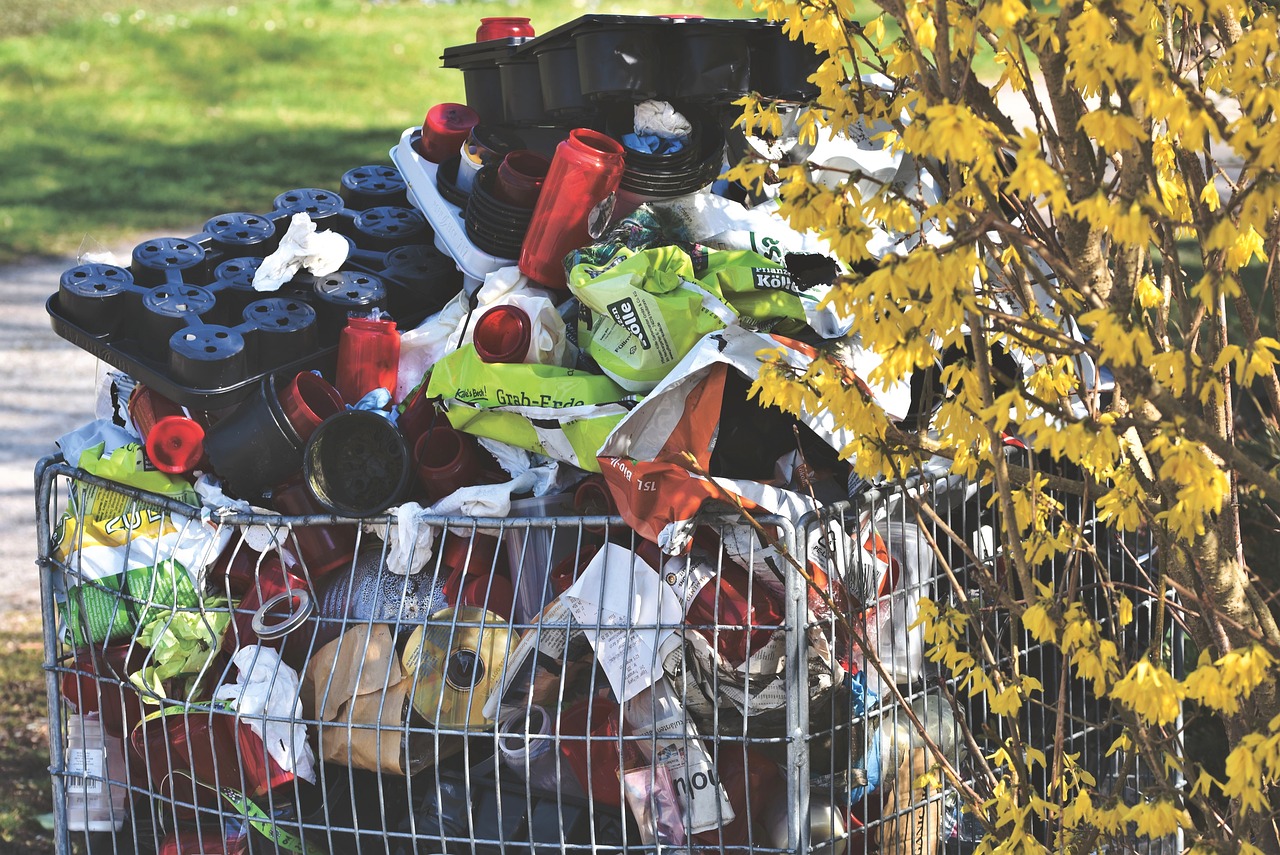
Preparing for Your Audit
Preparing for a waste audit is like gearing up for a treasure hunt, but instead of gold coins, you're on the lookout for ways to reduce waste and promote sustainability in your home. The first step is to gather all the necessary materials that will aid you in this process. Think of it as assembling your toolkit for a DIY project. You'll need trash bags to collect waste, a scale to weigh your trash, and a notebook or a digital device to record your findings. Having these tools at your fingertips will streamline the audit process and make it more efficient.
Next up is choosing a suitable timeframe for your audit. This is crucial because the period you select can greatly impact the accuracy of your findings. Ideally, you want to observe your waste generation over a week or even a month, depending on how much waste your household typically produces. This will give you a comprehensive view of your waste habits. Consider the time of year as well; for instance, holidays might skew your results due to increased packaging and food waste.
Involving your household members in the audit process is another key aspect of preparation. Think of it as a family project where everyone has a role to play. Engage your family by explaining the importance of the audit and how it contributes to a more sustainable lifestyle. You could even turn it into a fun challenge where everyone competes to see who can reduce their waste the most. This not only fosters a sense of responsibility but also raises awareness about waste management practices within your home.
To make the process even smoother, consider creating a simple table to track your waste collection and analysis. Here’s a basic example of what that table could look like:
| Date | Type of Waste | Weight (lbs) | Comments |
|---|---|---|---|
| MM/DD/YYYY | Plastic | 2 | Includes bottles and bags |
| MM/DD/YYYY | Food Waste | 3 | Leftovers and peels |
By preparing thoroughly, you set the stage for a successful waste audit. It’s not just about collecting data; it’s about understanding your waste patterns and making informed decisions to improve your household's sustainability practices. So grab your materials, get your family involved, and let’s make this waste audit an enlightening experience!
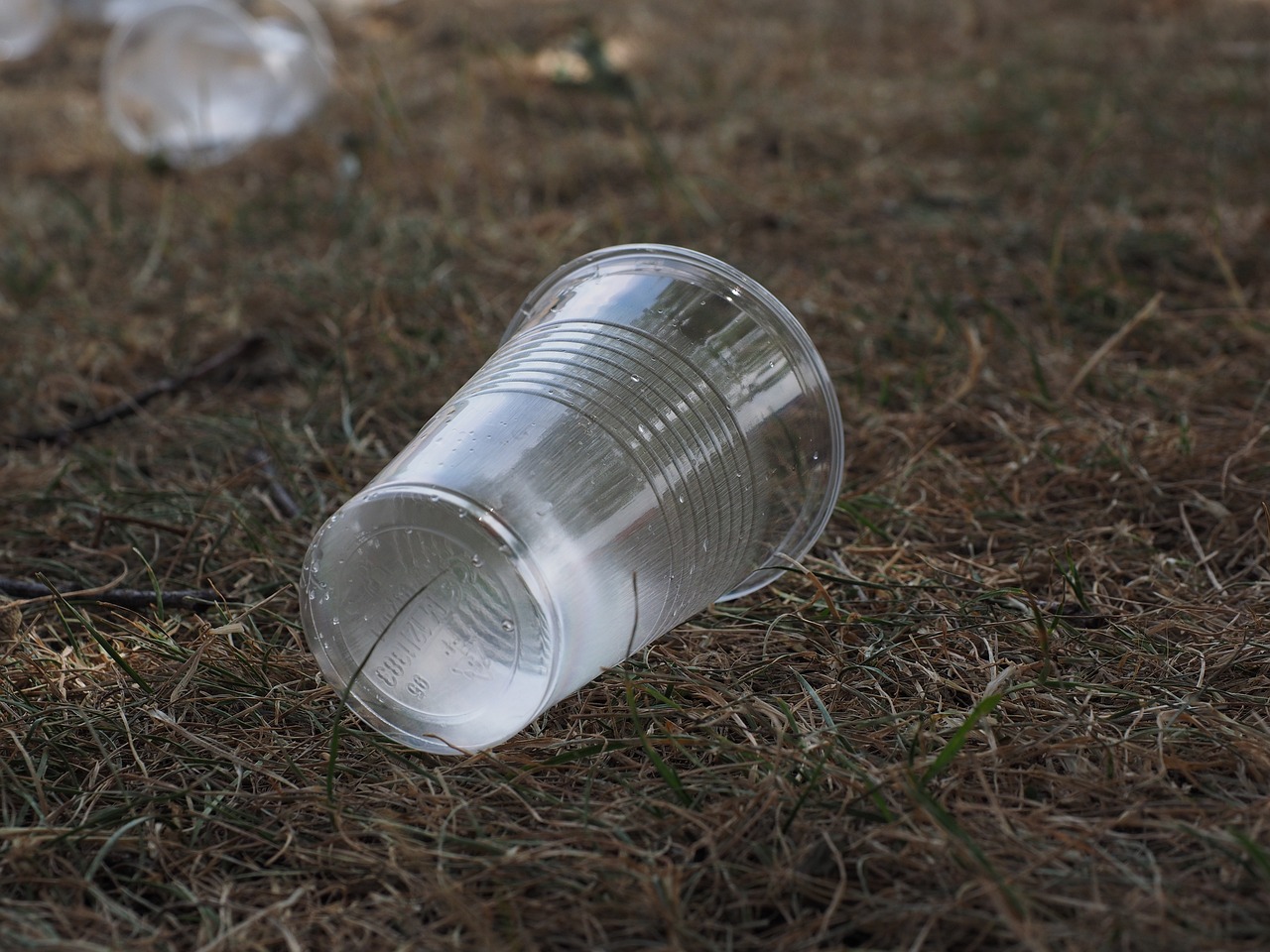
Gathering Materials
Before diving into your waste audit, it's essential to gather all the necessary materials that will help you effectively track and measure your waste. Think of this step as assembling your toolkit for a DIY project; having the right tools can make all the difference! The primary items you'll need include trash bags, scales, and notebooks. Each of these materials plays a crucial role in ensuring your audit is both accurate and efficient.
Start with trash bags. You'll need a variety of sizes to accommodate different types of waste. For instance, larger bags are perfect for bulky items, while smaller ones work well for recyclables or compostable materials. It's advisable to have separate bags for each waste category to simplify sorting later on.
Next, a scale is vital for weighing your waste. This could be a kitchen scale for smaller items or a heavier-duty scale for larger bags. Knowing the weight of your waste not only helps in understanding the volume but also provides insightful data for your analysis. If you don't have a scale, you can estimate weights based on standard measurements, but having one will yield more precise results.
Don't forget a notebook or a digital device to record your findings. This is where you'll jot down the types and amounts of waste generated. You might want to create a simple table in your notebook to make data collection easier. For example:
| Waste Category | Weight (lbs) | Notes |
|---|---|---|
| Organic Waste | ||
| Recyclables | ||
| General Waste |
Additionally, you might want to consider using gloves for hygiene reasons, especially when handling waste. It’s also a good idea to have a camera or smartphone handy to document your findings visually. This can be particularly helpful in tracking changes over time and sharing your progress with family and friends.
Lastly, ensure you have a comfortable and well-lit area to conduct your audit. This will make the process smoother and more enjoyable. Remember, the goal is to make this experience insightful and engaging, so set the stage for success!
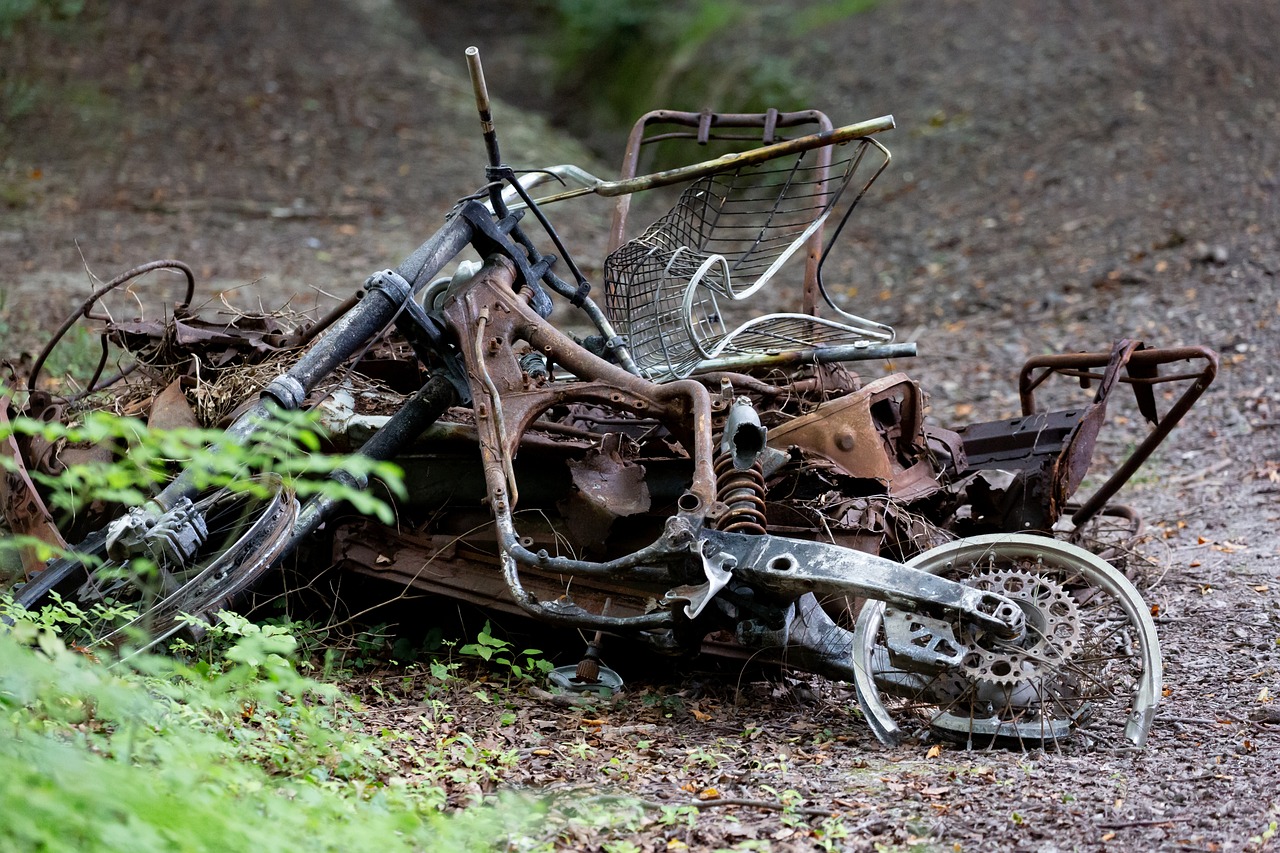
Choosing a Timeframe
When it comes to conducting a waste audit, the timeframe you select can significantly influence the accuracy and effectiveness of your findings. Think of it like choosing the right moment to catch a wave while surfing; timing is everything! Ideally, you want to pick a period that reflects your usual waste generation patterns, so you can gather data that truly represents your household's habits. A week is often a good starting point, as it allows you to capture a variety of waste types generated during both weekdays and weekends.
However, if you want a more comprehensive view, consider conducting the audit over a month. This extended timeframe can help you identify seasonal patterns or special events that might skew your usual waste production, such as holidays or family gatherings. It’s essential to keep in mind the seasonality of your waste; for example, summer might bring more outdoor activities and associated waste, while winter could increase packaging waste from holiday shopping.
Regardless of the duration you choose, it's also crucial to ensure that your audit period is free from unusual circumstances that could affect waste generation. For instance, if you're planning a home renovation or hosting a large event, these activities could lead to an atypical spike in waste production. Thus, selecting a timeframe that represents your normal lifestyle is key to gaining valuable insights into your waste habits.
To sum it up, here are a few tips to help you choose the right timeframe for your waste audit:
- Consider Your Routine: Pick a week that reflects your typical activities.
- Account for Special Events: Avoid periods with unusual waste generation.
- Seasonal Patterns: Think about how different seasons affect your waste.
- Document Everything: Keep track of your waste daily for better insights.
By choosing the right timeframe, you set the foundation for a successful waste audit that can lead to meaningful changes in your household waste management practices. Remember, the goal is not just to gather data but to transform that data into actionable steps towards a more sustainable lifestyle!
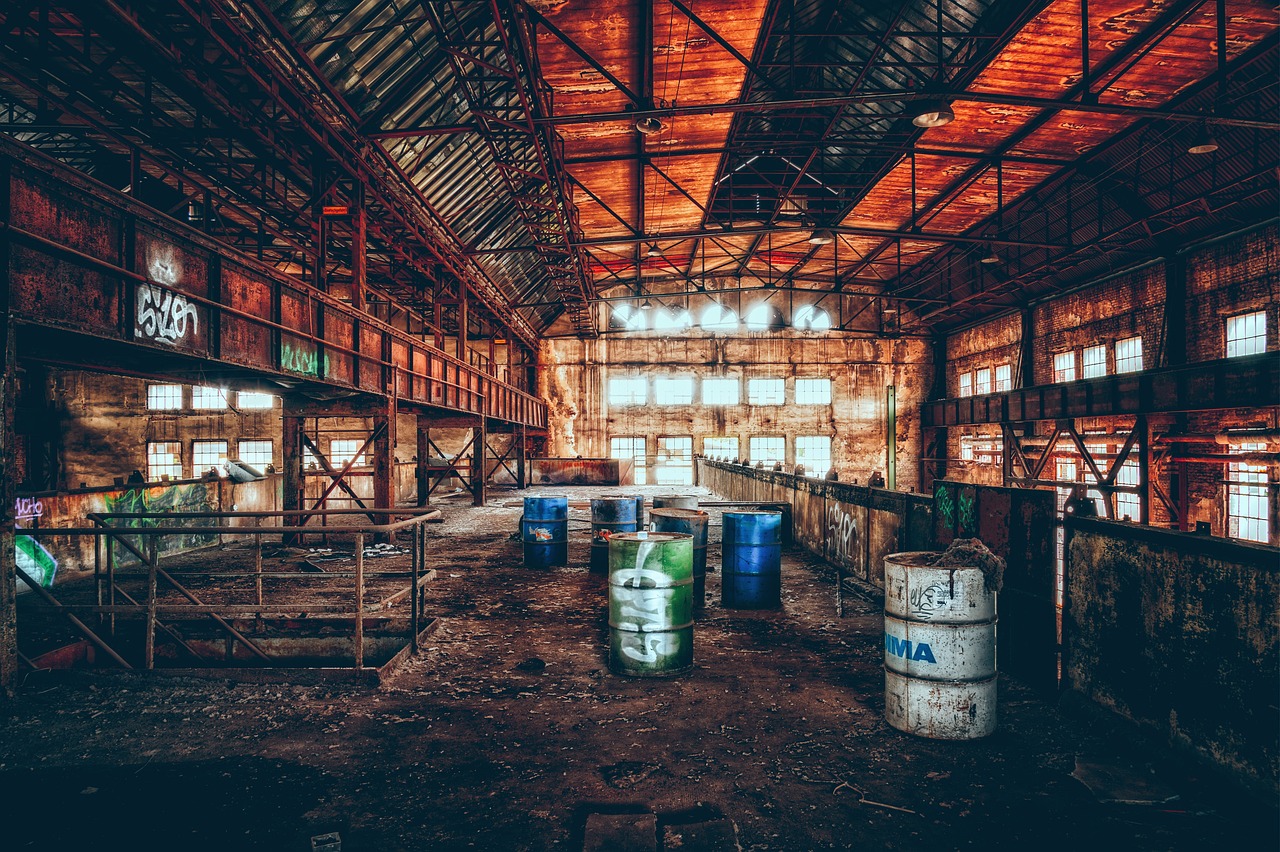
Involving Household Members
When it comes to conducting a waste audit at home, involving your household members can make a world of difference. Think of it as a family project, where everyone has a role to play, and together you can uncover the hidden truths about your waste habits. Not only does this foster a sense of responsibility, but it also promotes teamwork and awareness about sustainability. So, how can you get everyone on board?
First, start with a family meeting. Gather everyone in the living room, and share the purpose of the waste audit. Explain how it can lead to a cleaner environment and a more sustainable lifestyle. You might be surprised at how enthusiastic your family members can get once they understand the bigger picture! Make it interactive by asking questions like, "Did you know that we throw away an average of 4.4 pounds of trash per person each day?" This can spark conversations about their own habits and motivate them to participate.
Next, assign roles based on age and interest. For example, younger kids can help with sorting recyclables, while older teens might take charge of weighing the waste or keeping track of data. By giving everyone a specific task, you not only make them feel important but also ensure that the audit runs smoothly. Here’s a simple breakdown of roles you might consider:
- Young Children: Sorting items into different bins (recyclables, compost, trash)
- Teens: Weighing bags of waste and recording data
- Adults: Overseeing the process and discussing findings
To make it even more engaging, consider turning the audit into a friendly competition. You could challenge each member to reduce their waste during the audit period and see who can produce the least amount of trash. This not only makes the process fun but also instills a sense of achievement when they see the results of their efforts.
After the audit, hold a debriefing session. Sit down together and discuss what everyone learned. This is a crucial step as it allows family members to voice their thoughts and ideas on how to improve your household's waste management practices. You might discover new strategies or alternatives that you hadn't considered before. Plus, it reinforces the importance of teamwork in achieving sustainable living goals.
In conclusion, involving household members in your waste audit is not just about collecting data—it's about creating a culture of sustainability within your home. When everyone participates, the impact is greater, and the lessons learned can lead to lasting changes in your waste habits. Remember, the journey towards a more sustainable lifestyle is much more enjoyable when you’re not going it alone!
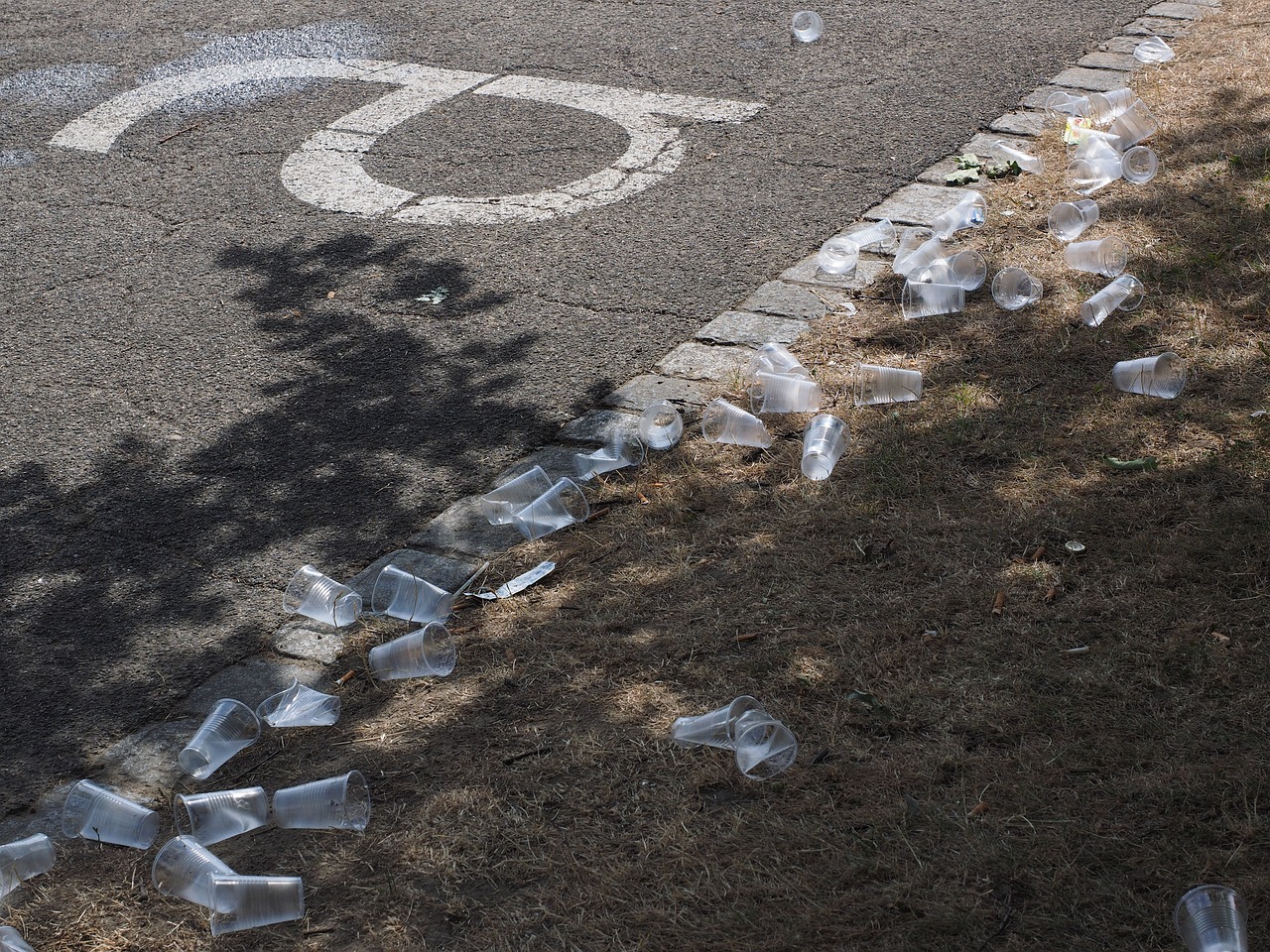
Conducting the Audit
Now that you've prepared for your waste audit, it’s time to dive into the nitty-gritty of conducting it. Think of this phase as a treasure hunt, but instead of gold, you’re uncovering the hidden secrets of your household waste. The first step is to sort your waste. Grab those trash bags you collected earlier and start separating your waste into different categories. You can use a simple system like recyclables, compostables, and landfill waste. This not only helps in organizing your findings but also gives you a clearer picture of what you’re throwing away.
As you sort through your waste, make sure to record data meticulously. Use your notebook to jot down the weight of each category. If you have a kitchen scale, that’s perfect! Weighing your waste can provide you with concrete numbers that reveal just how much you’re generating. For instance, you might find that your recyclables outweigh your landfill waste, which is a good sign. However, if you notice a large amount of compostable waste, it might indicate that you need to adjust your practices.
Once you’ve sorted and weighed your waste, it’s time to identify waste categories for analysis. This step is crucial because it allows you to pinpoint specific areas where you can improve. For example, if you notice a significant amount of plastic packaging in your landfill bag, it’s a clear signal that you should consider reducing your use of plastic products. You can create a simple table to summarize your findings, like this:
| Waste Category | Weight (lbs) |
|---|---|
| Recyclables | 10 |
| Compostables | 5 |
| Landfill Waste | 15 |
After you’ve completed the sorting and recording process, take a moment to reflect on what you’ve discovered. Was there anything that surprised you? Perhaps you didn’t realize how much food waste you were generating or how many single-use items were piling up. This reflection is essential as it sets the stage for the next steps in your waste reduction journey.
Finally, don’t forget to involve your family members during this audit. Make it a fun and educational activity! You can turn it into a game where everyone tries to guess which category will weigh the most or who can find the most unusual item in the trash. This not only makes the process enjoyable but also fosters a sense of responsibility and awareness about waste management within your household.
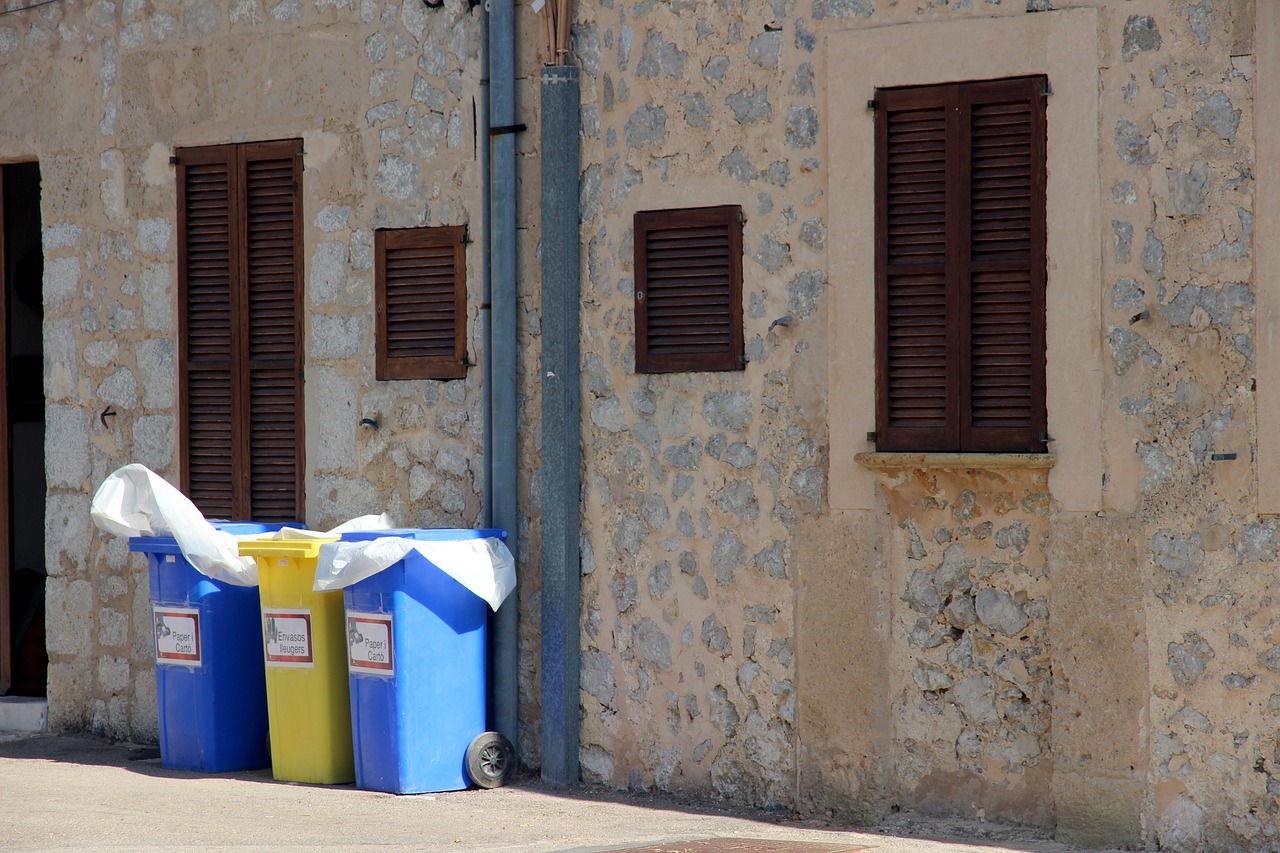
Analyzing Your Findings
Once you've completed your waste audit, the real work begins: . This is where you get to dive deep into the data you've collected and uncover the hidden truths about your waste habits. Think of it as a treasure hunt, but instead of gold, you’re searching for insights that can lead to more sustainable living practices. By carefully examining the information you’ve gathered, you can identify patterns, pinpoint areas for improvement, and set yourself on a path toward reducing waste effectively.
Start by organizing your data. If you’ve been diligent in recording the types and quantities of waste, you might find it helpful to create a summary table to visualize the results. Consider using a table like the one below:
| Waste Category | Weight (lbs) | Percentage of Total Waste |
|---|---|---|
| Food Waste | 20 | 25% |
| Plastic | 15 | 18.75% |
| Paper | 30 | 37.5% |
| Glass | 10 | 12.5% |
This table not only helps you see where most of your waste is coming from but also allows you to visualize the scale of the problem. For instance, if you notice a high percentage of food waste, it might be time to reevaluate your shopping habits or meal planning strategies. Do you often buy more than you can consume? Are you tossing out leftovers? These questions can guide you toward actionable changes.
Next, look for trends in your waste generation. Are there specific days or weeks when your waste spikes? Perhaps it coincides with events like holidays or family gatherings. Recognizing these patterns can help you prepare better for those occasions. For example, if you find that your waste increases significantly during parties, consider planning a menu that minimizes excess food waste or encourages guests to bring their own reusable containers.
As you analyze your findings, it's crucial to set realistic and achievable waste reduction goals. Based on the insights you've gathered, think about what changes you can implement. Maybe you decide to reduce your food waste by 20% over the next three months by committing to meal prepping or composting. Setting these goals not only gives you something to strive for but also helps you track your progress over time. Remember, small changes can lead to significant impacts!
Lastly, keep in mind that this analysis isn’t a one-time task. Regularly reviewing your waste audit data can help you stay on track and adjust your strategies as needed. You might even consider involving your household members in this process. Sharing the findings and discussing potential improvements can foster a sense of community and shared responsibility, making everyone more conscious of their waste habits.
- What should I do if I find too much waste in my audit? Don't panic! Use the insights to identify specific areas for improvement and set achievable goals.
- How often should I conduct a waste audit? A good rule of thumb is to conduct a waste audit at least once a year, but quarterly audits can provide more frequent insights.
- Can I involve my kids in the audit process? Absolutely! Involving children can teach them valuable lessons about sustainability and responsibility.
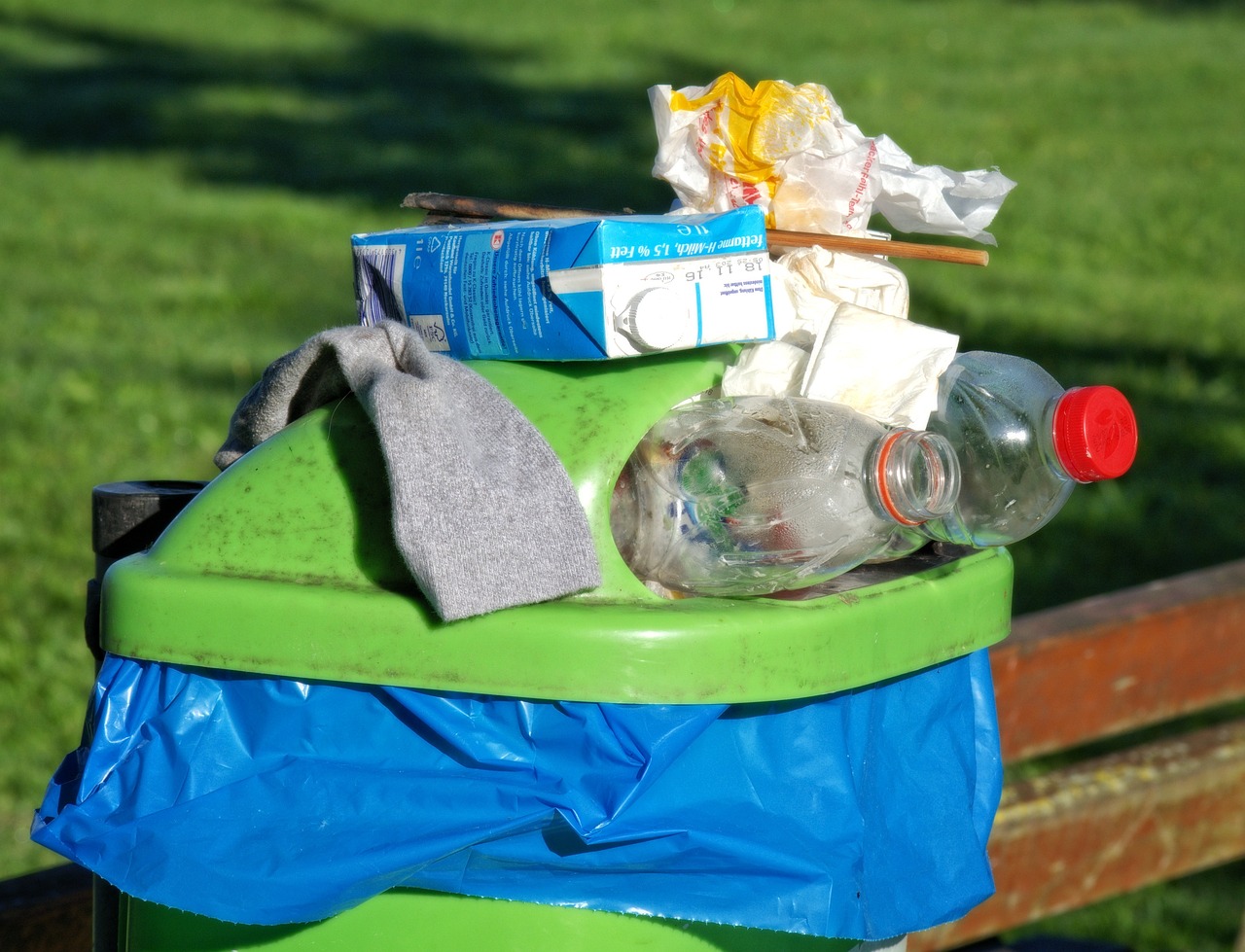
Identifying Waste Trends
Once you've completed your waste audit, the real magic begins—it's time to dive into the data and identify waste trends. This phase is crucial because understanding the patterns in your waste generation can reveal significant insights into your household habits. Think of it as being a detective in your own home, piecing together clues that show where you can make impactful changes. So, how do you identify these trends? Let’s break it down.
Start by organizing your waste data into categories. You might find it helpful to create a simple table to visualize your findings. For example, you could categorize your waste into food scraps, plastics, paper, glass, and metals. Here’s a sample table to illustrate:
| Waste Category | Weight (lbs) | Percentage of Total Waste |
|---|---|---|
| Food Scraps | 15 | 30% |
| Plastics | 10 | 20% |
| Paper | 5 | 10% |
| Glass | 8 | 16% |
| Metals | 2 | 4% |
| Other | 10 | 20% |
In this example, you can see that food scraps make up a significant portion of the waste—30%! This insight could lead you to explore composting options, which not only reduces waste but also enriches your garden soil. Similarly, if plastics account for a large percentage, it’s a strong indicator that you should rethink your shopping habits and consider alternatives to single-use plastics.
Next, look for trends over time. Did you notice a spike in waste during certain months? Perhaps the holidays or back-to-school season? By tracking these fluctuations, you can prepare in advance. For instance, if you know that your family tends to generate more waste during the holiday season, you can plan to reduce it by opting for less packaging or more sustainable gift-wrapping options.
Another key aspect is to involve your family in this analysis. Discussing your findings together can spark conversations about waste and sustainability, making everyone more aware of their consumption habits. Ask questions like:
- What items do we use the most?
- Are there any patterns in our food waste?
- How can we reduce our reliance on single-use products?
By engaging in these discussions, you not only identify waste trends but also foster a collective sense of responsibility. Remember, the goal is to create a household culture that prioritizes sustainability.
Finally, document your findings and revisit them regularly. Make it a habit to conduct mini-audits every few months to see if your waste trends are shifting as you implement changes. This ongoing process will help you stay accountable and motivated to continue improving your waste management practices.
1. What is a waste audit?
A waste audit is a systematic examination of the waste generated in your home to identify sources and improve waste management practices.
2. How often should I conduct a waste audit?
It's recommended to conduct a waste audit at least once a year, with mini-audits every few months to track progress.
3. What materials do I need for a waste audit?
You will need trash bags, scales, notebooks, and possibly a camera to document your findings.
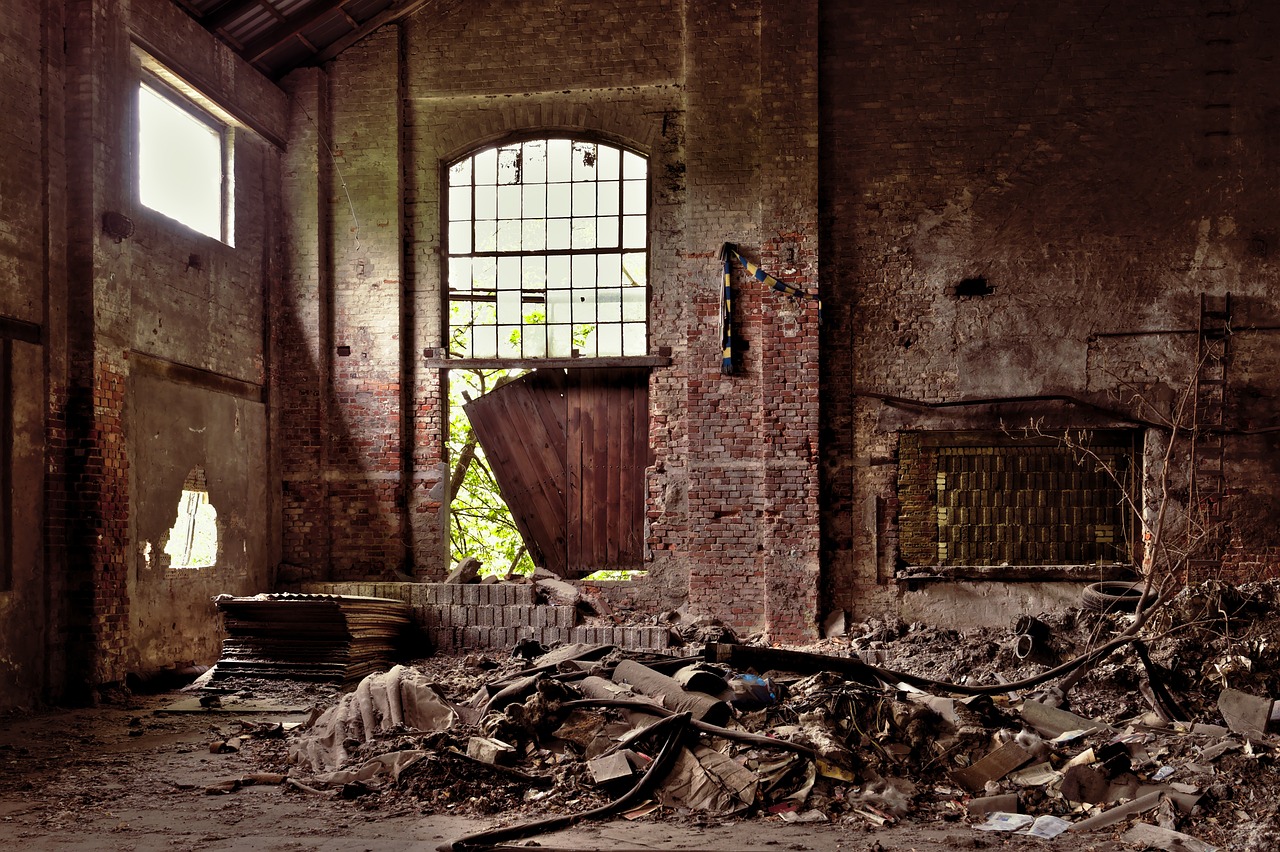
Setting Reduction Goals
Now that you've completed your waste audit, it’s time to roll up your sleeves and get to work on setting some realistic reduction goals. Think of these goals as your roadmap to a more sustainable lifestyle; they provide direction and motivation as you strive to minimize waste in your home. But how do you go about setting these goals? Let's break it down step by step.
First, take a good look at the data you've collected during your audit. You might have noticed that certain items appear repeatedly in your waste. Perhaps you're tossing out a lot of plastic bags or takeout containers. Identifying these trends is crucial because it allows you to focus your efforts where they will have the most impact. For instance, if you find that you’re generating a lot of food waste, your first goal could be to reduce that by a specific percentage over the next month.
Next, it’s beneficial to set both short-term and long-term goals. Short-term goals are achievable within a few weeks or months, while long-term goals might span several months to a year. Here’s how you might structure them:
- Short-term Goal: Reduce plastic waste by 25% in the next month by switching to reusable bags.
- Long-term Goal: Decrease overall household waste by 50% over the next year through composting and mindful purchasing.
Remember, the key to successful goal-setting is to make your objectives SMART: Specific, Measurable, Achievable, Relevant, and Time-bound. For instance, instead of saying, “I want to recycle more,” a SMART goal would be, “I will recycle at least 75% of my paper waste by the end of the next quarter.” This clarity not only helps you track your progress but also keeps you accountable.
Another important aspect is to involve your household members in this process. Share your goals with them and encourage everyone to contribute their ideas. This not only fosters a sense of teamwork but also makes the journey towards waste reduction more engaging. You might even find that your kids come up with creative solutions or alternatives to single-use products!
Finally, don't forget to celebrate your victories, no matter how small. Achieving a goal, like successfully reducing your waste for a month, deserves recognition. This could be as simple as treating yourself to a nice dinner or a fun family outing. Celebrating these milestones keeps the momentum going and reinforces your commitment to sustainable living.
In summary, setting reduction goals after your waste audit is not just about cutting down on trash; it’s about creating a more conscious lifestyle. By identifying waste trends, establishing SMART goals, involving your family, and celebrating your achievements, you’ll not only reduce waste but also inspire others to join you on this important journey.
1. What is a waste audit?
A waste audit is a systematic examination of the waste generated in your home, helping you identify sources of waste and improve recycling practices.
2. Why should I conduct a waste audit?
Conducting a waste audit promotes sustainable living by helping you understand your waste patterns and find ways to reduce them.
3. How often should I conduct a waste audit?
It's beneficial to conduct a waste audit at least once a year, but you can do it more frequently if you want to track your progress.
4. Can I involve my family in the waste audit?
Absolutely! Involving family members fosters awareness and responsibility, making it a fun and educational experience.
5. What are some common waste reduction goals?
Common goals include reducing single-use plastics, increasing recycling rates, and composting food waste.
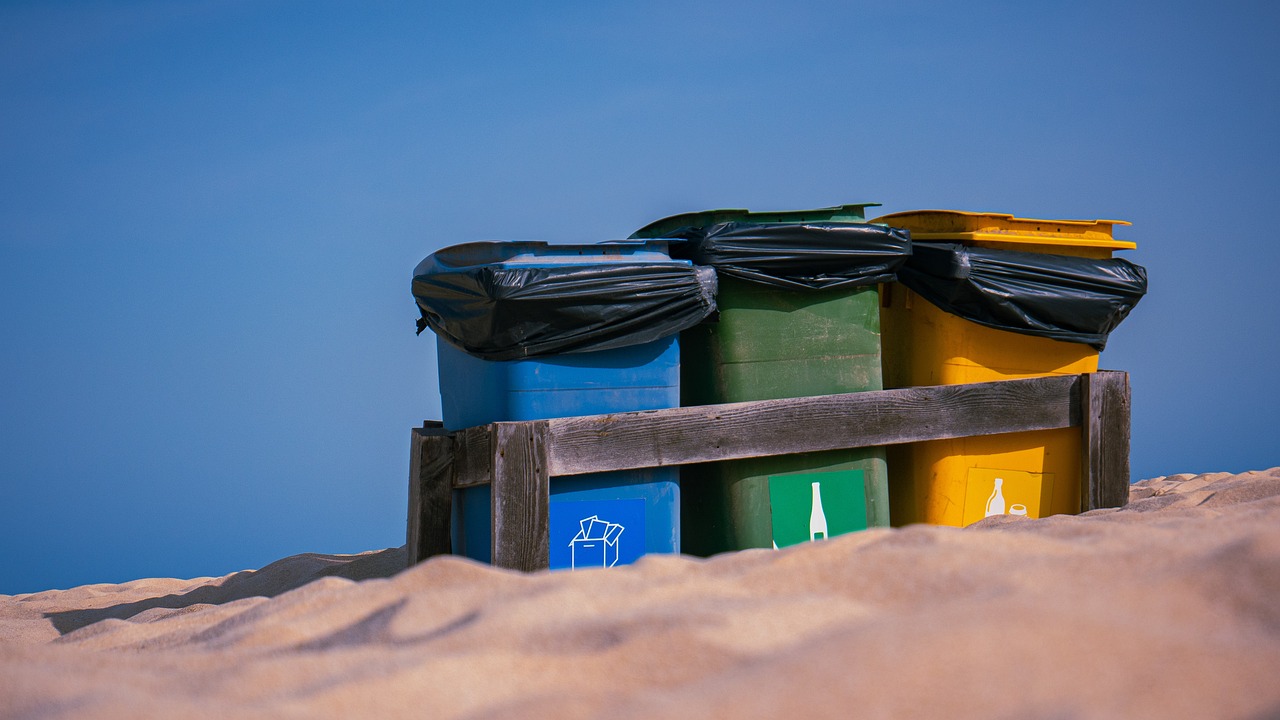
Implementing Changes
After you've completed your waste audit and analyzed your findings, it’s time to roll up your sleeves and make some changes. Implementing changes is where the real magic happens! This is your opportunity to turn insights into action, and trust me, even small adjustments can lead to significant reductions in waste. Think of it as a recipe for a more sustainable lifestyle; you need to gather your ingredients and mix them just right to create something deliciously impactful.
One of the first areas to tackle is improving your recycling practices. It's amazing how often people think they are recycling correctly, only to find out they're not. Start by familiarizing yourself with your local recycling guidelines. Not all materials are recyclable everywhere, and contamination can lead to entire batches of recycling being sent to the landfill. To enhance your recycling efforts, consider setting up a designated recycling station in your home. You can use clear bins labeled for different materials—like plastics, paper, and metals—to make sorting easier. This visual cue not only helps you but also encourages family members to participate.
Next, let’s talk about the notorious single-use items. These products are everywhere! From plastic straws to disposable cutlery, they make our lives convenient but at a significant environmental cost. To tackle this issue, start by identifying the single-use items you commonly use in your household. Once you have this list, brainstorm alternatives. For instance, instead of plastic bags, invest in reusable shopping bags. Instead of plastic wrap, consider beeswax wraps or reusable containers. By making these simple swaps, you can drastically reduce the amount of waste generated in your home.
Additionally, consider implementing a composting system if you haven’t already. Food waste is a major contributor to landfills, and composting can significantly reduce this. All you need is a compost bin and some basic knowledge of what can be composted. Not only does composting help the environment, but it also creates nutrient-rich soil for your garden, closing the loop in a beautiful way. It’s like giving back to the earth what it has given you!
To help you visualize the potential impact of these changes, let’s take a look at the following table that summarizes how implementing these strategies can affect your waste output:
| Strategy | Potential Impact on Waste Reduction |
|---|---|
| Improving Recycling Practices | Can reduce waste by up to 30% if done correctly. |
| Reducing Single-Use Items | Can cut down household waste by 50% with consistent changes. |
| Composting | Can divert 20-30% of your household waste from landfills. |
Lastly, remember that change doesn’t have to happen overnight. It’s a journey, and every step counts. Celebrate your victories, no matter how small, and keep your family motivated by sharing your progress. Perhaps set monthly goals and review them together. This not only fosters a sense of teamwork but also instills a deeper understanding of the importance of sustainability in everyone’s daily lives.
- What is a waste audit? A waste audit is a systematic examination of the waste generated in your home to identify sources and improve recycling practices.
- How can I get my family involved in the waste audit? Engage them by explaining the process, assigning tasks, and discussing the importance of reducing waste together.
- What materials do I need for a waste audit? You’ll need trash bags, scales, notebooks, and possibly containers for sorting recyclables.
- How often should I conduct a waste audit? It’s a good idea to do a waste audit at least once a year to track progress and identify new areas for improvement.
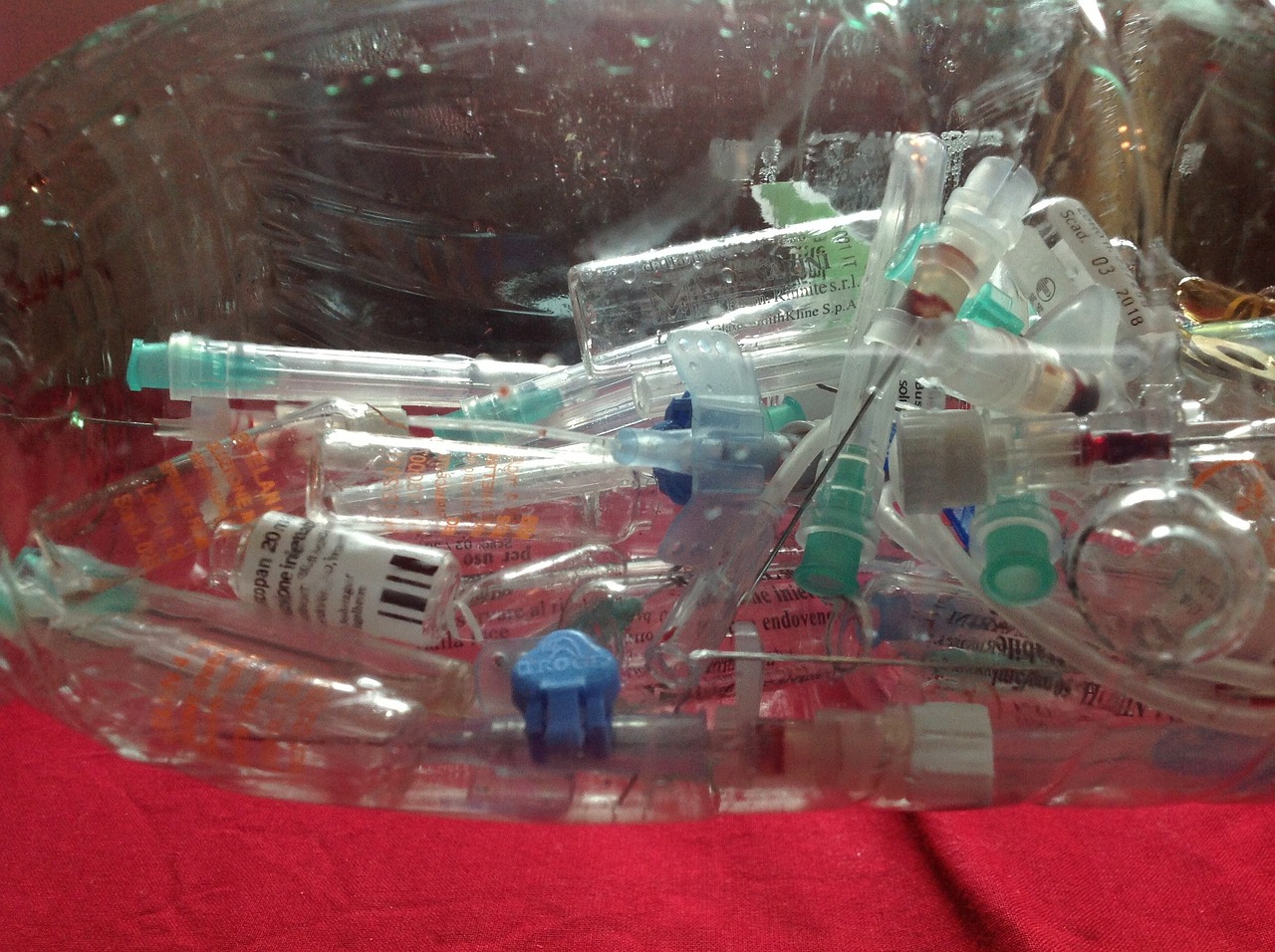
Improving Recycling Practices
Improving your recycling practices is not just about tossing your plastic bottles into the blue bin; it's about creating a sustainable mindset that permeates every aspect of your life. Think of recycling as a puzzle—each piece needs to fit perfectly to create a complete picture of waste reduction. To start, it's essential to understand what materials can be recycled and how to prepare them for collection. For instance, rinsing out containers before recycling can significantly enhance the quality of the recycled material. This simple act can prevent contamination, which is one of the biggest challenges recycling programs face today.
Moreover, you might be surprised to learn that not all recyclable items are accepted by local facilities. It’s crucial to check your local recycling guidelines, as they can vary widely. For example, while some areas accept pizza boxes, others do not due to grease contamination. Understanding these nuances can make a world of difference in your recycling efforts. To help you navigate this, consider the following checklist of common recyclable materials:
- Paper and cardboard (clean and dry)
- Glass bottles and jars (rinsed)
- Plastics marked with recycling symbols #1 and #2
- Aluminum cans (clean and dry)
In addition to knowing what to recycle, it’s equally important to focus on how you store and sort your recyclables at home. Designate a specific area in your kitchen or garage for recyclables, making it easy for family members to contribute. Use clear bins labeled with the type of material to avoid confusion. This not only streamlines the process but also encourages everyone in the household to participate actively. Remember, the easier you make recycling, the more likely it is that it will become a habit.
Another effective strategy is to educate yourself and your family about the recycling process. Knowledge is power! Host a family meeting to discuss the importance of recycling and share interesting facts about how recycling benefits the environment. You could even turn it into a fun quiz or game. The more engaged your family is, the more likely they are to adopt better recycling habits.
Finally, consider taking your recycling practices a step further by exploring local recycling programs or community initiatives. Many communities offer workshops or events focusing on sustainable practices, where you can learn more about recycling and meet like-minded individuals. Participating in these programs can not only enhance your recycling knowledge but also inspire you to implement even more sustainable practices at home.
Q: What materials can I recycle?
A: Common recyclable materials include paper, cardboard, glass, and certain plastics. Always check your local guidelines for specifics.
Q: Do I need to rinse my recyclables?
A: Yes, rinsing containers helps prevent contamination and improves the quality of recycled materials.
Q: Can I recycle pizza boxes?
A: It depends on your local recycling rules. Many areas do not accept pizza boxes due to grease contamination.
Q: How can I educate my family about recycling?
A: Host a family meeting to discuss recycling, share interesting facts, and even turn it into a fun quiz or game.
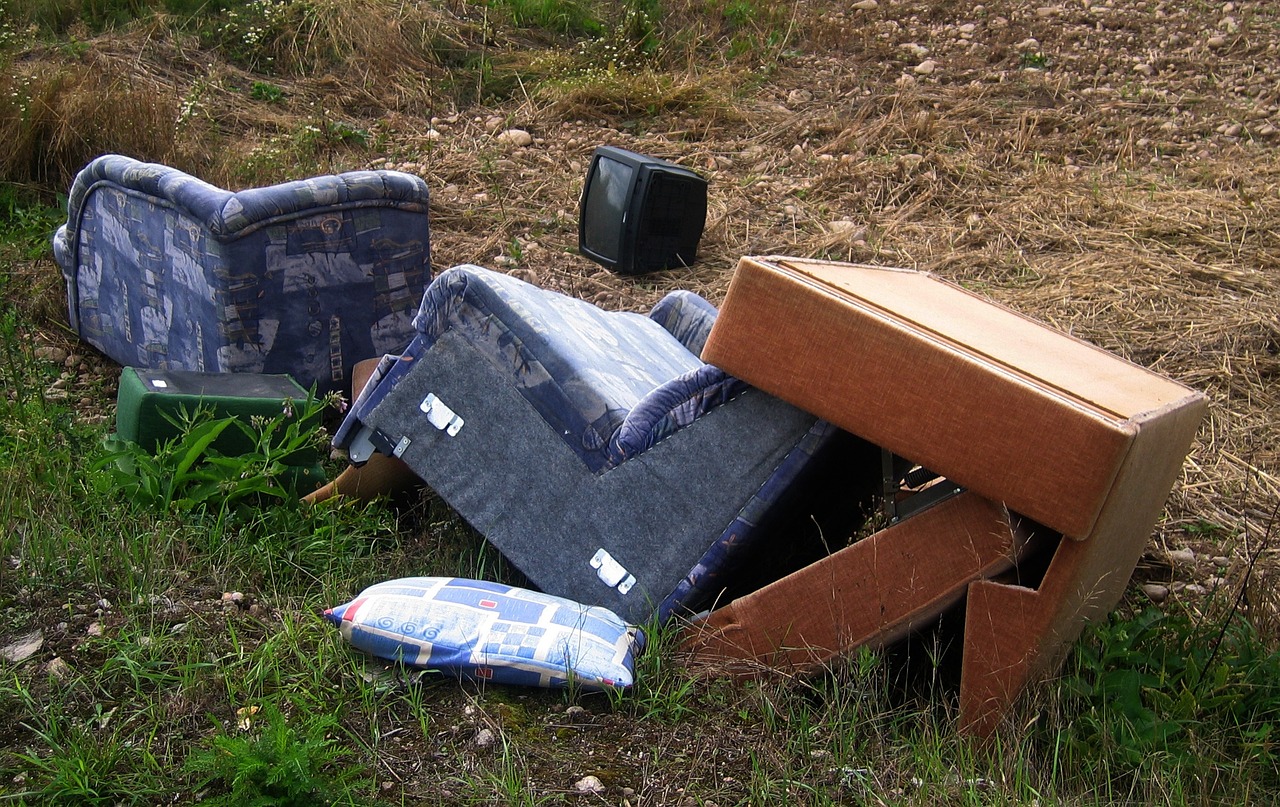
Reducing Single-Use Items
In our fast-paced world, single-use items have become ubiquitous, often leading to mountains of waste that harm our environment. But what if we could turn the tide? Reducing our reliance on these disposable products is not just a personal choice; it's a collective responsibility that can significantly impact our planet's health. By being mindful of our consumption habits, we can contribute to a more sustainable future. First, let's identify some common single-use items that often slip into our shopping carts:
- Plastic bags
- Disposable cutlery and plates
- Water bottles
- Straws
- Food packaging
These items are convenient, but they come at a cost. Instead of reaching for that plastic bag, consider investing in a sturdy reusable tote. Not only will it hold more, but it will also save you money over time and help reduce the clutter in landfills. Similarly, swapping out disposable utensils for a set of reusable ones can make a significant difference. It's like choosing to plant a tree instead of buying a bouquet of flowers; one has lasting benefits, while the other fades away quickly.
Another effective strategy is to opt for products with minimal or no packaging. For example, when shopping for groceries, try to choose bulk items or fresh produce that doesn’t come wrapped in plastic. This not only cuts down on waste but often saves you money as well. It’s a win-win situation! Additionally, consider making a habit of carrying a reusable water bottle. This simple switch can save you from purchasing countless single-use bottles, which take centuries to decompose.
Moreover, let’s not forget about alternatives to single-use straws. Many restaurants now offer compostable straws or even allow you to bring your own metal or silicone straws. It’s a small change that can lead to big results. Remember, every little effort counts! By making conscious choices and encouraging those around us to do the same, we can collectively reduce the demand for single-use items.
In conclusion, reducing single-use items requires a shift in mindset and behavior. It’s about finding sustainable alternatives that fit into our daily lives. By prioritizing reusable products and making informed purchasing decisions, we can all play a part in curbing waste and protecting our environment for future generations. So, are you ready to take that step towards a more sustainable lifestyle?
Q: What are some easy alternatives to single-use items?
A: Some easy alternatives include using reusable shopping bags, stainless steel or glass water bottles, cloth napkins, and biodegradable or reusable straws.
Q: How can I encourage my family to reduce single-use items?
A: Start by having open conversations about the impact of single-use items. Involve them in choosing sustainable products and make it a fun challenge to find ways to reduce waste together.
Q: Are there any apps that can help me track my waste reduction efforts?
A: Yes! There are several apps available that can help you track your waste, suggest alternatives, and provide tips for living a more sustainable lifestyle.
Frequently Asked Questions
- What is a waste audit?
A waste audit is a systematic examination of the waste generated in your home. It helps you identify what types of waste you produce, where it comes from, and how you can reduce it. Think of it as a thorough check-up for your household waste habits!
- Why should I conduct a waste audit?
Conducting a waste audit is essential for understanding your waste generation patterns. By doing this, you can identify areas where you can improve recycling practices and reduce waste. It’s like shining a light on your waste habits, helping you make informed decisions for a more sustainable lifestyle.
- What materials do I need for a waste audit?
You’ll need some basic materials to get started. Gather trash bags, a scale for weighing your waste, and a notebook to record your findings. These tools will help you track and measure your waste effectively during the audit.
- How do I choose the right timeframe for my audit?
Selecting the right timeframe is crucial for accurate results. Aim for a period that reflects your typical waste production, such as a week or a month. This way, you’ll get a comprehensive view of your waste habits without any anomalies skewing the data.
- Can I involve my family in the waste audit?
Absolutely! Involving family members not only makes the process more fun but also fosters a sense of responsibility towards waste management. You can assign tasks, share findings, and discuss ways to improve together, turning it into a family project.
- What should I do with the data collected from my audit?
Once you’ve completed your audit, it’s time to analyze the data. Look for trends in your waste generation and identify the most common items. This analysis will help you set realistic waste reduction goals and track your progress over time.
- How can I improve my recycling practices?
Improving recycling practices starts with understanding what can and cannot be recycled in your area. Make sure to sort your recyclables properly, clean them before putting them in the bin, and stay updated on local recycling guidelines. Small changes can lead to significant reductions in waste!
- What are some alternatives to single-use items?
Reducing single-use items is key to waste reduction. Consider using reusable bags, stainless steel water bottles, and cloth napkins instead of their disposable counterparts. It’s like swapping out a fast-food meal for a homemade feast—better for you and the planet!



















